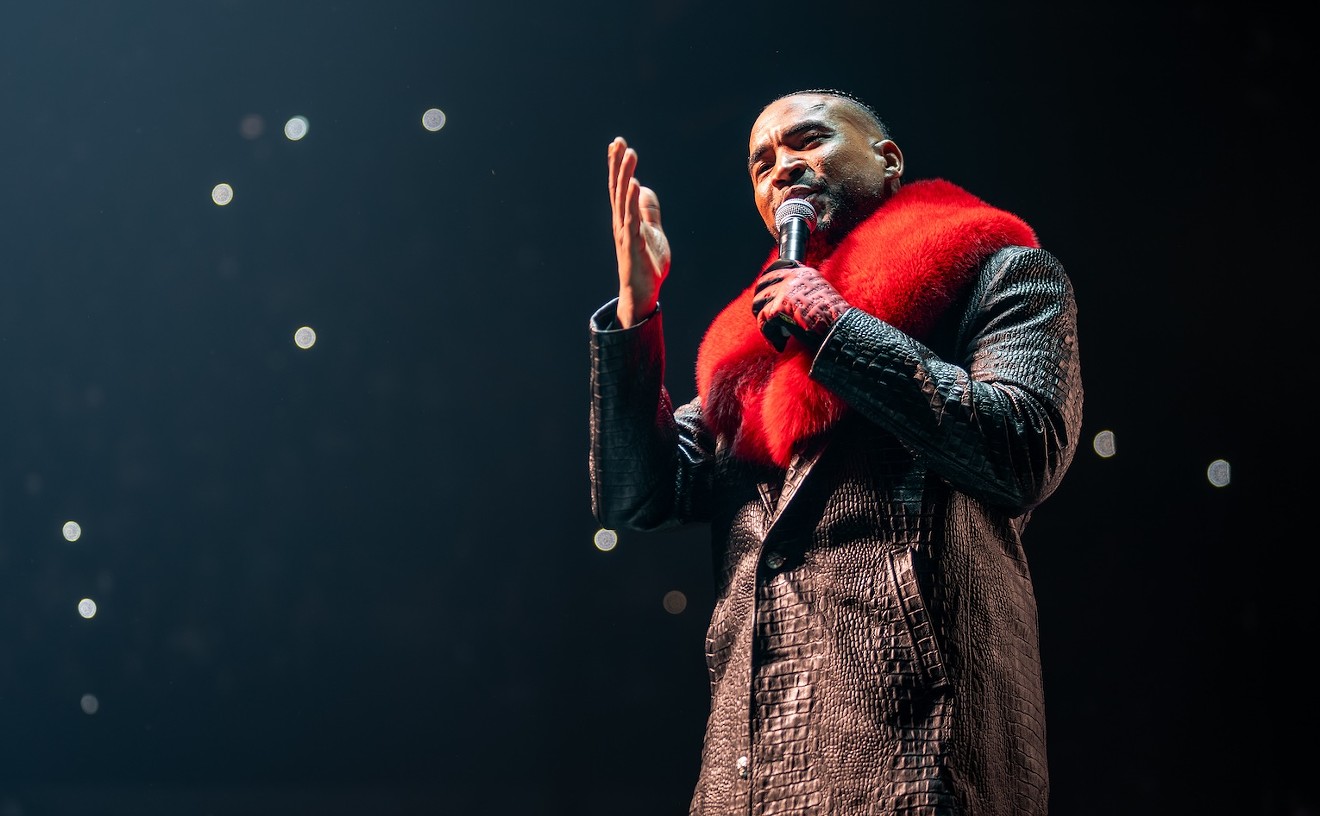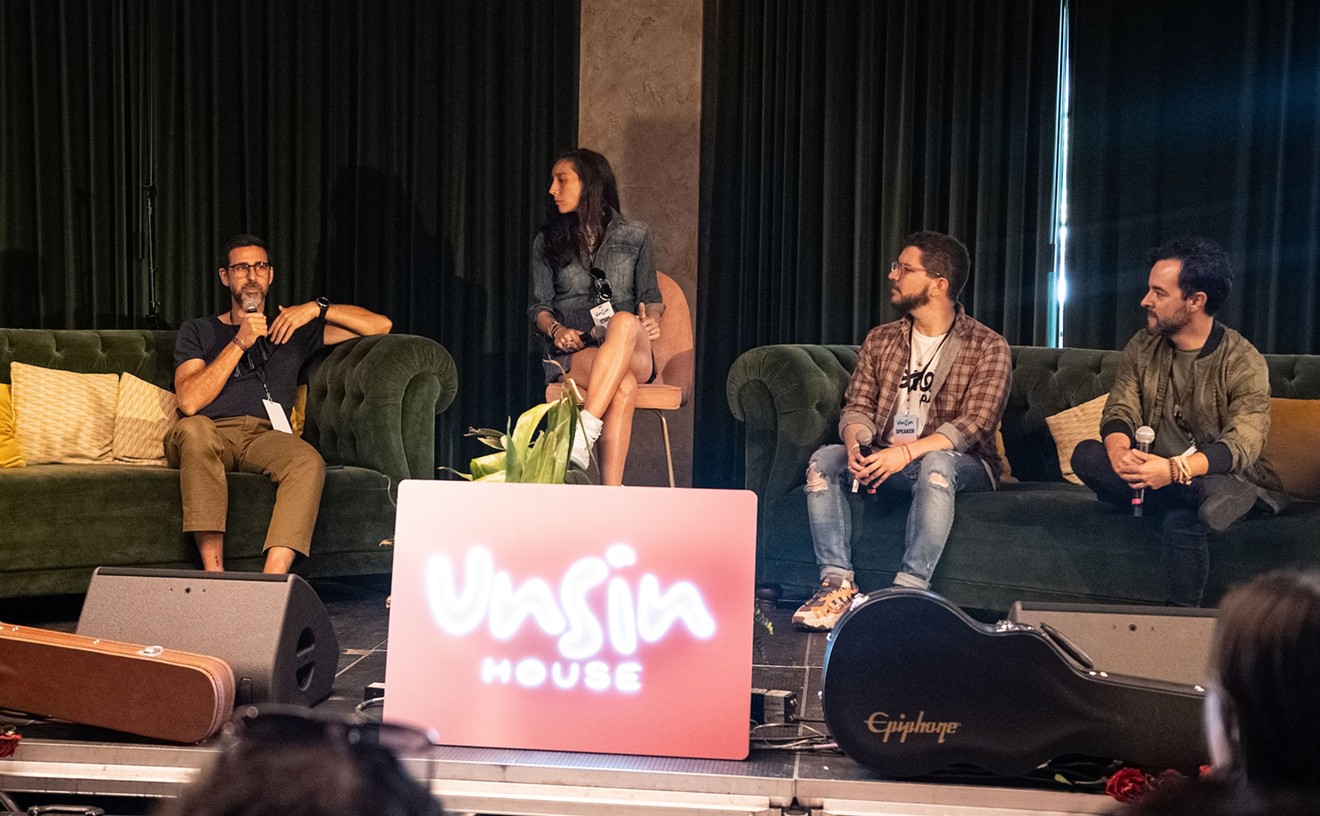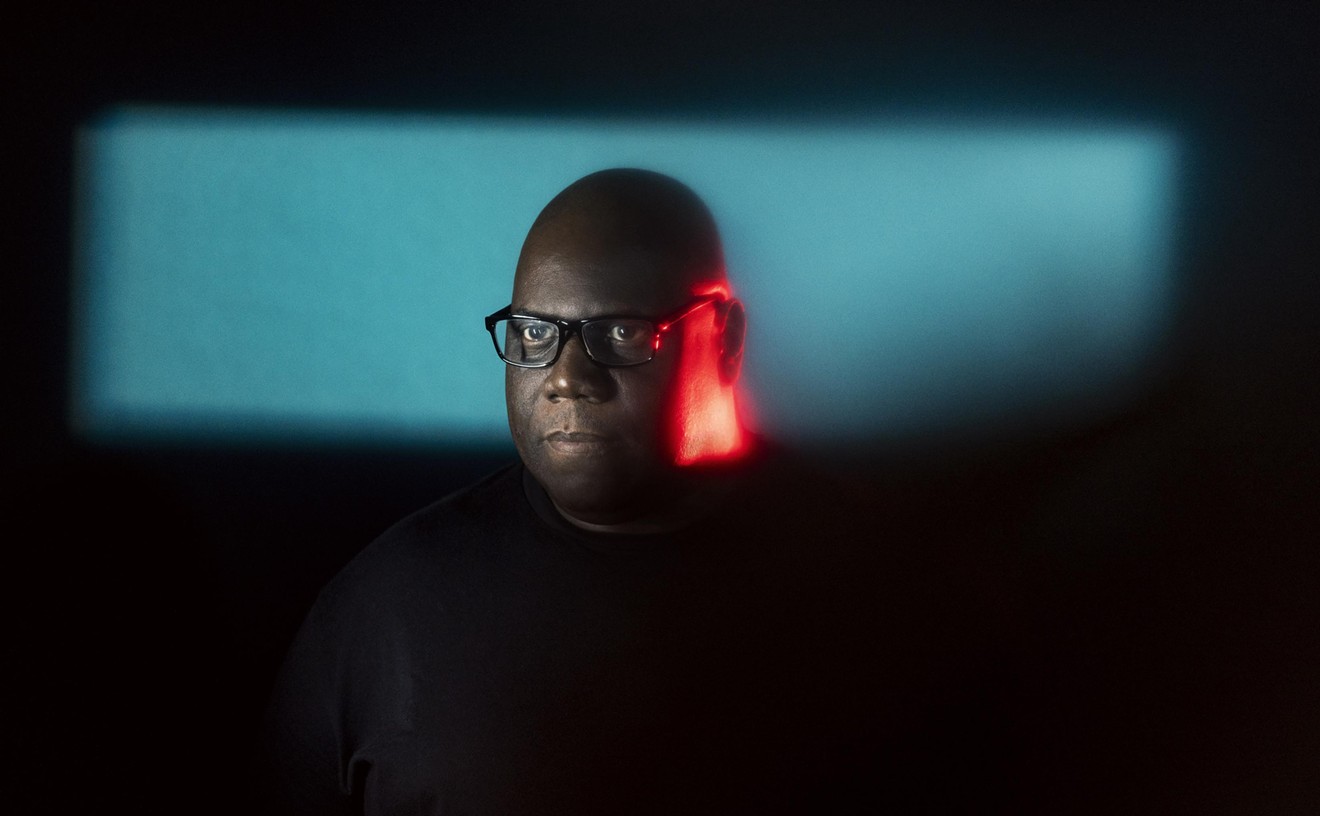From 1960 through 1965, the John Coltrane Quartet -- with Jones on drums, McCoy Tyner on piano, and Jimmy Garrison on bass -- produced some of the most revolutionary jazz in the history of the genre. And while Coltrane was mapping new musical worlds with his saxophone, it's hard to imagine his explorations without the support of Jones's intuitively supple percussive stream, the rhythmic equivalent to Coltrane's maddening sheets of sound.
For some jazz lovers, this was otherworldly, a music inspired by Coltrane's growing spiritual awareness -- an amalgamation of Christian and Eastern religious beliefs -- to pursue a higher ideal than most other jazz, then and now. From his home in New York City recently, Jones reflects on that pursuit, saying, "I think a lot of the hybrids that come from the original jazz music, and I'm not saying all of it, and I'm not condemning anything, but I just think that to me the way we played is more of a spiritual feeling, is more emotional.
"I feel as if I'm playing my instrument the way I want to hear it," he explains. "That's what I prefer; so if other people want to do other things, that's quite all right."
As a sign of their genius, both Coltrane and Jones suffered criticism in the early years for a sound too radical for its time and the ears of many listeners. Trumpeter Donald Byrd once said of his association with Jones in the late Fifties: "I used Elvin, and many musicians complained: “Why do you want that drummer? He plays weird time, and the accents fall in the wrong places.'"
Indeed Jones's odd meter forms, underlying triplets, and multiple ideas with no discernible downbeat create a dense maelstrom of polyrhythms that can overpower all but the most skilled. Playing fast and loud, he propels the rhythm as though four hands and two heads are at work on the drum kit at once, pushing and pulling the band at the same time.
"The time is always there," points out sax man/side man Pat LaBarbera. "Elvin doesn't give you all of it; he makes you rely on yourself."
Jones broke down old rhythmic boundaries by giving a voice, and what could almost amount to a melody, to his drums. "It's not anything that I do deliberately," says Jones, who speaks a bit like he plays, haltingly, emitting multiple ideas, until it all comes out perfect in the end. "It's the way I play," he continues, "the way I learned how to play like that, because I want to hear what I'm doing. The drum is supposed to be pitched, and I take very great pains in trying to tune my drums in a way that tones come out of them instead of just thuds and bumps, you know. I just feel that's the way it's supposed to be played."
Although collaborating with Coltrane obviously is a career highlight, the drummer's work as band leader of the Elvin Jones Jazz Machine is notable in its own right. The Machine has maintained a distinct sound despite the mixed fortunes of jazz over the past two decades. The ensemble's post- or hard-bop style, with Jones's unmistakable drums, is an extension of the earlier work with the Coltrane Quartet.
"It's not a formula for me exactly," Jones says of his band-leading philosophy. "I think I can interpret the music and composition just the way I wish with that group -- a small group of musicians as opposed to being abstract with six or seven players that just simply want to play what they feel in their mind, and you know, that's the end of it. I just feel that it should be structured in a way that it's fun to play and enjoyable to listen to."
That philosophy has earned the still-active septuagenarian the well-deserved titles of "elder statesman" and "legend," but that doesn't mean a whole lot to Jones. "After all, I'm 74 years old, so it's okay to call me old; that doesn't bother me a bit," jokes the gravelly voiced musician with a laugh that melts away a good 50 of his years. "Certainly can't stop anyone from doing that," he concedes. "I think it's a form of an expression that they appreciate what you've done."
Experience has made the drummer demanding. "Anybody who has mastered the instrument shouldn't have any problem playing with me; I don't care what different styles or whatever," Jones says of the players he prefers beside him on the bandstand. "I just want my man to be able. If he's got a clarinet, I want to hear a clarinet played like it should be. So that means he has to study and master it."
Young lions who have dared to join Jones often come across as rookies compared to the master's challenging and powerful drumming. Even saxophonist Ravi Coltrane, son of John, served a kind of apprenticeship playing with the Jazz Machine early on. But in the latest incarnation, band members, especially trombone player Delfeayo Marsalis and saxophonist LaBarbera, are stalwarts who have played with Jones for some time. "If they're playing with me, I'm the drummer, that's all," laughs Jones. "But I'm also the band leader, and naturally I understand that responsibility. I exercise it in a way that's inspiring rather than intimidating."










